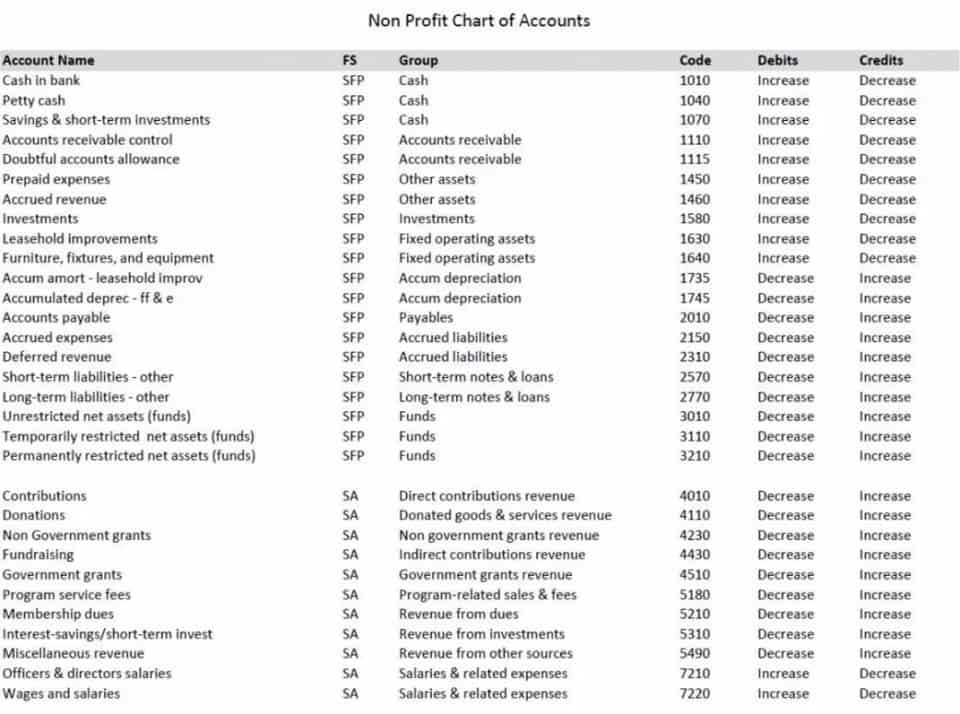
(CA License #OH31762) The materials presented on this site are for general informational and educational purposes only. Any quotes or pricing information is non-binding, and the underwriting insurance company determines the policy premium following application. The policy controls the terms and conditions of any insurance issued. You may also want to check your state’s requirements to see who needs to be included in your total payroll. Full-time, part-time, and seasonal workers must be covered, but in some cases, owners, partners, and family members are exempt.
How to Reduce Workers’ Comp Insurance Cost

This is the full amount of money they earn in a year, before any deductions. You should be able to get this information from your HR software or your payroll company. To further https://www.bookstime.com/ calculate your business’s workers’ comp net rate, work together with an independent insurance agent or check out our workers’ compensation insurance cost calculator.
How Are Workers’ Compensation Insurance Premiums Usually Calculated?
Expenses such as overhead, training and employee turnover can significantly impact the bottom line. Christine Lacagnina has written thousands of insurance-based articles for TrustedChoice.com by authoring consumable, understandable content. News, how to calculate workers comp cost per employee trends, analysis and breaking news alerts to help HR professionals do their jobs better each business day. HR must always include human intelligence and oversight of AI in decision-making in hiring and firing, a legal expert said at SHRM24.

A Real-World Example: Estimated Wages for Workers’ Compensation
- For instance, comparing the United States and the United Kingdom reveals substantial disparities.
- A classification code (“class code”) is a numeric code that corresponds to a standardized list of industries, and is a way for insurance carriers to categorize companies.
- Your payroll is the basis for an employer’s workers’ comp insurance premium.
- We look up rates in Indiana, and they are $1.68 and $0.35, respectively.
- In general, as the number of claims increase so too do the premiums.
Pay-as-you-go plans use actual payroll figures and carrier rates for each class code throughout the year and, though still subject to audit, can help reduce the risk of a variance. Employers can exert greater control over their workers’ comp costs by properly managing claims and integrating their workers’ comp premium payments with payroll. Some payroll system providers also offer premium pay-as-you-go solutions that may help improve cash flow. Then, get out your calculator and divide the employee’s annual payroll cost by 100. This step looks the same for any employee, whether they are full time, part time, temporary, or seasonal staff. Keep your workers’ comp calculator close, because you will use it again soon.

The Bureau of Labor Statistics (BLS) tracks unit labor costs, which they define as the total labor costs to produce a unit of output. As shown in the above chart using BLS data, these labor costs can vary significantly between sectors. Determining the true cost of an employee is a valuable metric for effective business management.

Partial vs Total Disability
You’ll simply divide your annual payroll by 100, multiply it by your class code rate, and multiply it again by your MOD. Then, the class codes are assigned a rate per $100 of payroll based on the level of risk they present to employees. That can be a bit confusing, so we will demystify it for you below and also cover how to calculate your workers’ compensation cost per employee.
How are workers’ comp insurance premiums calculated?
![]()
- On the other hand, if your losses are less than expected, your rating will drop below 1.0 and decrease your premium.
- Let’s say you own an accounting firm in Pennsylvania with 10 employees, all making $50,000 per year.
- They are different because class codes signify the risk of injury for an employee.
- At the end of the year, they’ll perform an audit to see how your estimated payroll matches up with your actual payroll for the year.
- The more risk your employees face in the course of business, the more expensive your workers’ comp premiums will be.
0 responses to “How is Workers Comp Calculated? Cost per Employee”